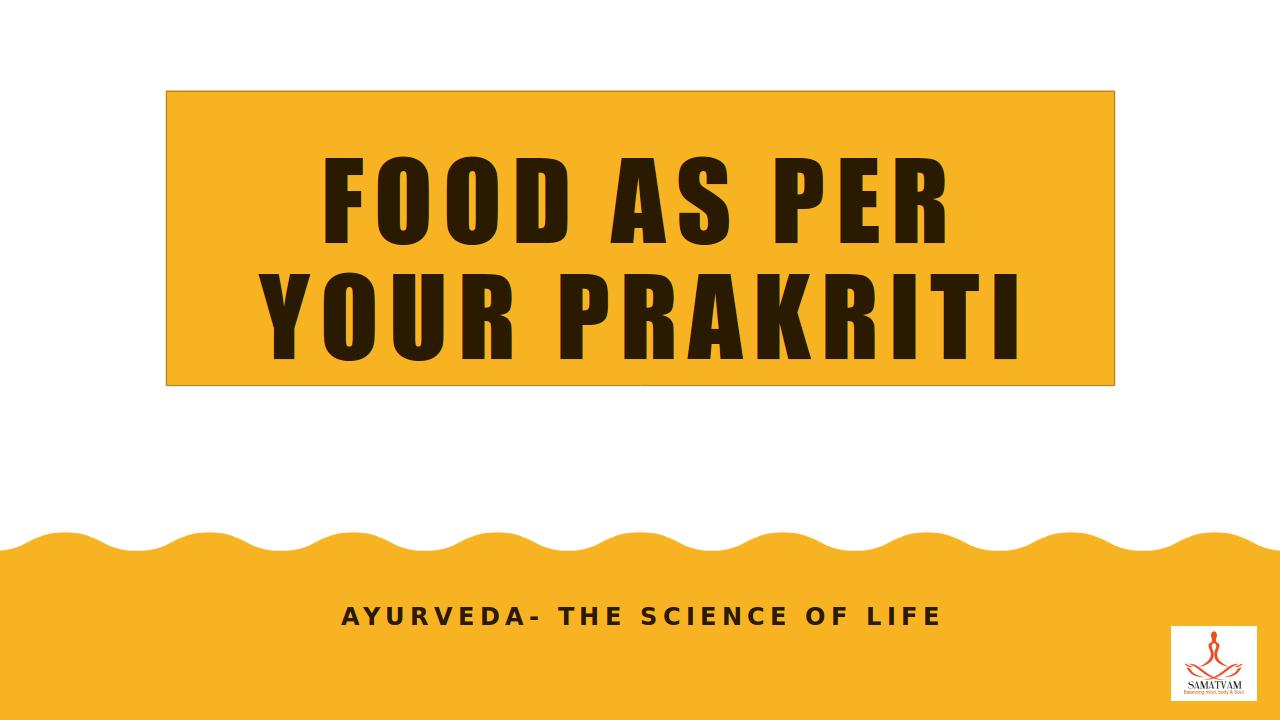The eight steps of Yoga are: yom, self-restraint; niyam, fixed observance; asan, posture; pranayama, breath regulation; pratyahar, abstraction; dharana, concentration; dhyan, contemplation; samadhi, trance.
This is the whole science of Yoga in one sentence, in one seed. Many things are implied. First, let me tell you the exact meaning of each step. And remember, Patanjali calls them both steps and limbs. They are both. They are steps because one has to be followed by another; there is a sequence of growth. But they are not only steps: they are limbs of the body of Yoga. They have an internal unity, an organic unity also; that is the meaning of limbs.
For example, my hands, my feet, my heart – they don’t function separately. They are not separate; they are an organic unity. If the heart stops, the hand will not move then. Everything is joined together. They are not just like steps on a ladder, because every rung on the ladder is separate. If one rung is broken the whole ladder is not broken.
So Patanjali says they are steps, because they have a certain, sequential growth. But they are also angas, limbs of a body, organic. You cannot drop any of them. Steps can be dropped; limbs cannot be dropped. You can jump two steps in one jump, you can drop one step, but limbs cannot be dropped; they are not mechanical parts. You cannot remove them. They make you. They belong to the whole; they are not separate. The whole functions through them as a harmonious unit.
So these eight limbs of Yoga are both steps, steps in the sense that each follows the other, and they are in a deep relationship. The second cannot come before the first; the first has to be first and the second has to be second. And the eighth will come to be the eighth; it cannot be the fourth, it cannot be the first. So they are steps and they are an organic unity also.
Yam means self-restraint. In English the word becomes a little different. Not a little different, really, the whole meaning of yam is lost, because in English self-restraint looks like suppressing, repressing. And these two words, suppression and repression, after Freud, have become four-letter words, ugly. Self-restraint is not repression. In the days when Patanjali used the word yam it had a totally different meaning. Words go on changing. Even now, in India also, samyam, which comes from yam, means control, repression. The meaning is lost.
To Patanjali self-restraint does not mean to repress oneself. It simply means to direct one’s life…not to repress the energies, but to direct, to give them a direction. Because you can live such a life, which goes on moving in opposite directions, in many directions – then you will never reach anywhere. It is just like a car: the driver goes a few miles to the north, then changes the mind; goes a few miles to the south, then changes the mind; then goes a few miles to the west, then changes the mind; and goes on this way.
He will die where he was born. He will never reach anywhere. He will never have the feeling of fulfillment. You can go on moving in many ways, but unless you have a direction you are moving uselessly. You will feel more and more frustrated and nothing else.
To create self-restraint means, first, to give a direction to your life energy. Life energy is limited. If you go on using it in absurd ways, undirected ways, you will not reach anywhere. You will be emptied of the energy sooner or later – and that emptiness will not be the emptiness of a buddha. It will be simply a negative emptiness; nothing inside, an empty container. You will be dead before you are dead. But these limited energies that have been given to you by nature, existence, God – or whatsoever you like to call it…these limited energies can be used in such a way that they can become the door for the unlimited. If you move rightly, if you move consciously, if you move alert, gathering all your energies and moving in one direction, if you are not a crowd but become an individual. That is the meaning of yam.
Ordinarily you are a crowd, many voices inside. One says, “Go to this direction”; another says, “That is useless. Go to this.” If you are not an individual, a unitary being, wherever you are, you will always be missing. You will never be at home anywhere You will always be going somewhere or other and never arriving anywhere. You will become mad. The life which is against yam will become mad.
It is not surprising that in the West more mad people exist than in the East. The East, knowingly or unknowingly, still follows a life of a little self-restraint. In the West to think about self-restraint looks like becoming a slave; to be against self-restraint looks like you are free, independent. But unless you are an individual you cannot be free. Your freedom will be a deception; it will be nothing but suicide. You will kill yourself, destroy your possibilities, your energies. And one day you will feel that for your whole life you tried so much but nothing has been gained; no growth has come out of it.
Self-restraint means the first meaning: to give a direction to life. Self-restraint means to become a little more centered. How can you become a little more centered? Once you give a direction to your life, immediately a center starts happening within you. Direction creates the center; then the center gives direction. And they are mutually fulfilling.
Unless you are self-restrained, the second is not possible – that’s why Patanjali calls them steps.
Tags: First Step Self Restraint










